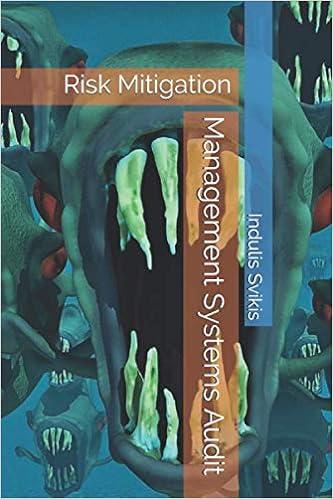
22. Fund performance Between 2008 and 2017, the returns on Microfund averaged 10% a year. In his 2017 discussion of performance, the fund president noted that this was 2.5% a year better than the return on the U.S. market, a result that he attributed to the fund's strategy of buying only stocks with outstanding management. Part Two Risk The following table shows the returns on the market, the size and book-to-market factors, and the interest rate during this period: Market Risk Premium Return on Size Factor Return on Book-to-Market Factor Interest Rate 2008 -38.34 3.26 0.97 1.60 2009 28.26 9.28 -9.14 0.10 17.37 13.77 -5.17 0.12 2010 2011 2012 0.44 -6.04 -8.41 0.04 16.28 - 1.22 9.89 0.06 2013 35.2 7.35 1.54 0.02 2014 11.7 -7.75 -1.65 0.02 2015 0.07 -3.73 0.02 -9.48 23.33 2016 13.3 6.66 0.20 2017 21.5 -4.85 -13.85 0.80 The fund had marketed itself as a way to invest in small and medium-sized stocks, and this was reflected in a beta relative to the size factor of 1.4. It had also traditionally adopted a conservative approach to risk with an estimated market beta of 9. The fund's beta relative to the book-to-market factor was -4. Evaluate the performance of the fund during this period. 22. Fund performance Between 2008 and 2017, the returns on Microfund averaged 10% a year. In his 2017 discussion of performance, the fund president noted that this was 2.5% a year better than the return on the U.S. market, a result that he attributed to the fund's strategy of buying only stocks with outstanding management. Part Two Risk The following table shows the returns on the market, the size and book-to-market factors, and the interest rate during this period: Market Risk Premium Return on Size Factor Return on Book-to-Market Factor Interest Rate 2008 -38.34 3.26 0.97 1.60 2009 28.26 9.28 -9.14 0.10 17.37 13.77 -5.17 0.12 2010 2011 2012 0.44 -6.04 -8.41 0.04 16.28 - 1.22 9.89 0.06 2013 35.2 7.35 1.54 0.02 2014 11.7 -7.75 -1.65 0.02 2015 0.07 -3.73 0.02 -9.48 23.33 2016 13.3 6.66 0.20 2017 21.5 -4.85 -13.85 0.80 The fund had marketed itself as a way to invest in small and medium-sized stocks, and this was reflected in a beta relative to the size factor of 1.4. It had also traditionally adopted a conservative approach to risk with an estimated market beta of 9. The fund's beta relative to the book-to-market factor was -4. Evaluate the performance of the fund during this period







